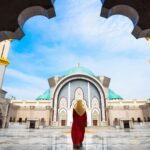A legendary lost city that was once the powerhouse of an ancient kingdom and an auspicious temple town standing on the banks of the mighty Tungabhadra river, history and mythology come to life in Hampi, Karnataka. A queen’s bath, a spectacular Lotus Palace, a royal stable or a temple, which is said to have been the place where the wedding of Lord Shiva and Goddess Parvati took place, this UNESCO World Heritage site reveals a facet of history at every turn.
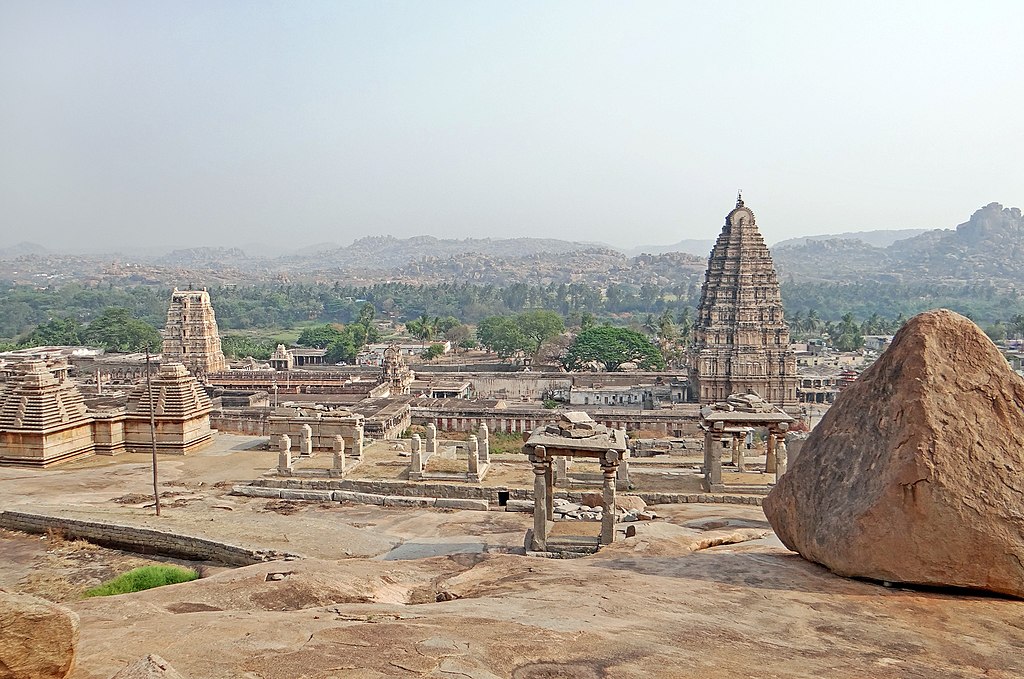
History and mythology come to life in the legendary lost city of Hampi. Once the powerhouse of an ancient kingdom and an auspicious temple town, Hampi is located on the banks of the mighty Tungabhadra river.
A queen’s bath, a spectacular Lotus Palace a royal stable and a temple which is said to have been where the wedding of Lord Shiva and Goddess Parvati took place, this UNESCO World Heritage site reveals a facet of history at every turn.
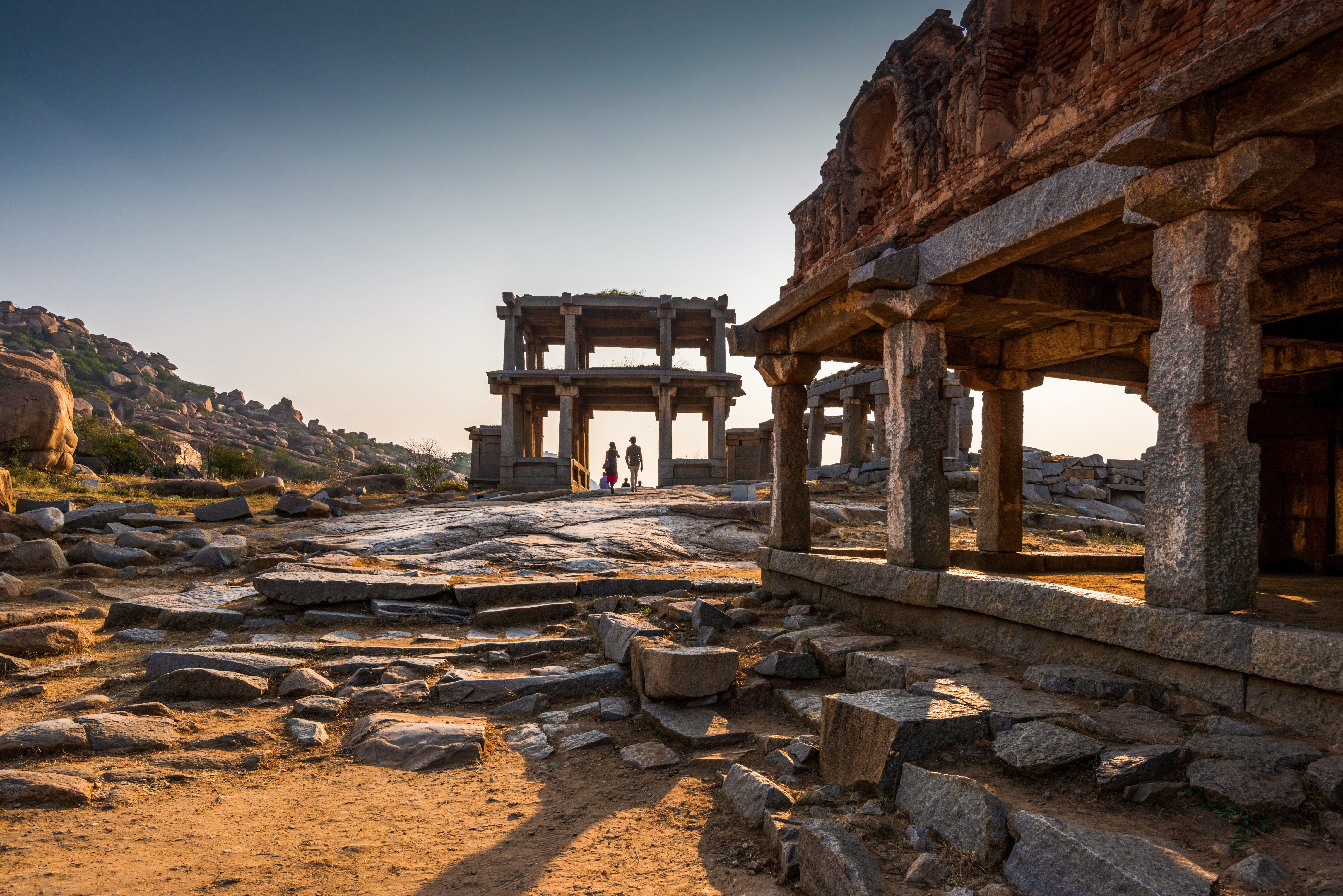
Although in ruins, the magnificent structures stand in testimony to Hampi’s rich past under the powerful Vijayanagara empire, which existed between 1336 and 1646 AD.
Hampi finds mention in the Hindu epic Ramayana as well. It is said to be the location of Kishkinda, the monkey kingdom. It is no wonder then that Hampi has ranked second in New York Times’ must-visit destination list for 2019.
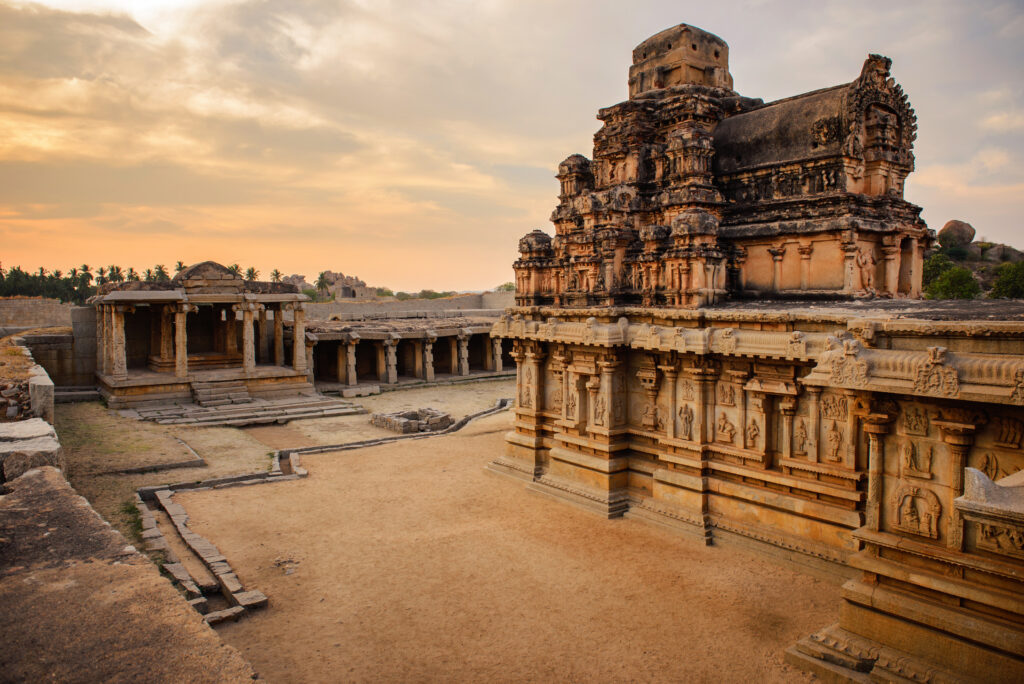
Hampi was the last capital of the Vijayanagara kingdom, one of the most significant in Southern India. Its wealthy kings built exquisite temples and palaces that gained the admiration of travellers in the 14th and 16th centuries.
Though plundered later, Hampi still retains more than 1600 monuments, including palaces, forts, memorial structures, temples, shrines, pillared halls, baths and gateways.
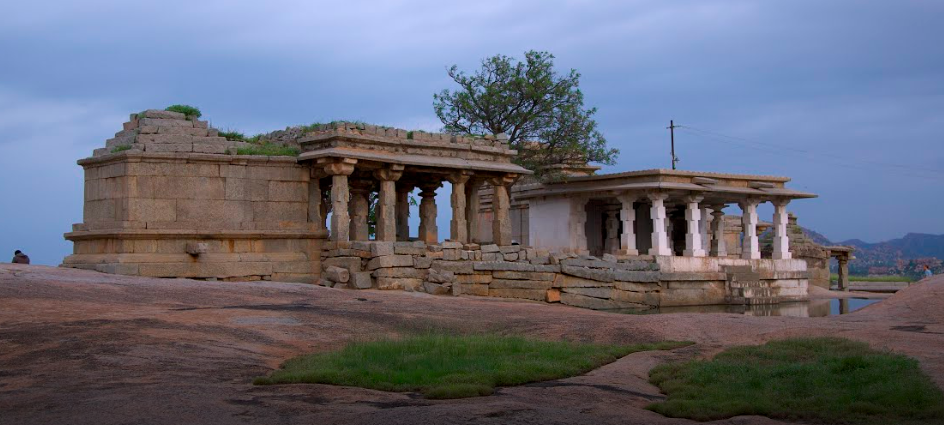
How To Get There
By Air
The nearest airport from Hampi is Hubli (about 167 km). Other airports are at Belagavi (271 km) and Bengaluru (about 348 km).
By Road
Hampi is connected by good motorable roads to major cities in India.
By Rail
The nearest railway station is Hospet located about 13 km away from Hampi. It connects Hampi to Bengaluru and Hubli.






